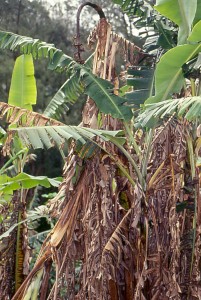Most of us have heard of the medical phenomenon called the Hygiene Hypothesis. Since the late 80’s, scientists have noticed that lower rates of infectious diseases in children could be responsible for the rapid spread of allergies in the 20th century. They proposed the theory that our immune systems do not develop properly without exposure to a wide variety of germs while we are growing up. Due to increased sanitation and personal hygiene standards in our society, while the prevalence of serious diseases lowered, the occurrence of asthma and allergies have skyrocketed.
Allergies is when the immune system mistake a harmless pathogen for a serious threat to your body. For example, pollen is a very common allergen. When pollen particles comes into contact with your body through the nose and eyes, your immune system can either realize that it is not causing harm as an infectious bacteria would, or it can treat it as a threat. For people with pollen allergies, your immune system will mount an attack on the invading pollen particles. It will cause your blood vessels to dilate and increase the flow of blood to where the particles entered your body, namely the nose and eyes. This is why those body parts will appear red when you are suffering from allergies. It will also cause specialist immune cells called mast cells to secrete a compound called histamine. This is what causes the discomfort of itchy eyes and leaky noses that we all associate with allergy season. Hence why anti-allergy drugs are called antihistamines. In more serious cases of peanut or shellfish allergy, the immune system will overload the body in defense compounds and cause something called anaphylactic shock, which is life threatening and can be treated by epinephrine, hence “Epi-pens” are used to combat this.
The theory of hygiene being the cause of asthma and allergies is quite straightforward. The scientists believe if we are exposed to many different disease causing pathogens, then our immune system will recognize many different pathogens, and therefore will not react as strongly to those that don’t cause disease.
To further explain this theory, here is a video made by the American Academy of Allergy, Asthma and Immunology describing a study of the Amish people in American in support of the hygiene hypothesis:
This topic raises many following discussions such as: how often should you shower? Should you let your kids be dirty? And not to mention, are antibacterial soaps really good for you?
Daphne Wu






















